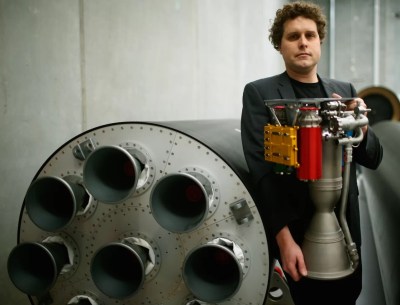Badminton is not a sport that most of us think about often, and extremely rarely outside of every four years at the summer Olympics and maybe at the odd cookout or beach party here or there. But the fact that it’s a little bit unique made it the prime inspiration for this new heat shield design, which might see a space flight and test as early as a year from now.
The inspiration comes from the shuttlecock, the object which would otherwise be a ball in any other sport. A weighted head, usually rubber or cork, with a set of feathers or feather-like protrusions mounted to it, contributes to its unique flight characteristics when hit with a racquet. The heat shield, called Pridwen and built by Welsh company Space Forge, can be folded before launch and then expanded into this shuttlecock-like shape once ready for re-entry. It’s unlikely this will protect astronauts anytime soon, though. The device is mostly intended for returning materials from the Moon or from asteroids, or for landing spacecrafts on celestial bodies with atmospheres like Mars or Venus.
With some testing done already, Space Forge hopes this heat shield will see a space flight before the close of 2023. That’s not the end of the Badminton inspiration either, though. It’s reported that this device can slow a re-entering craft so much that it can be caught in a net. Not exactly the goal when playing the sport, but certainly a welcome return home for whichever craft might use this system. Of course, getting down from space is only half the battle. Take a look at this other unique spacecraft that goes up in a fairly non-traditional way instead.


















